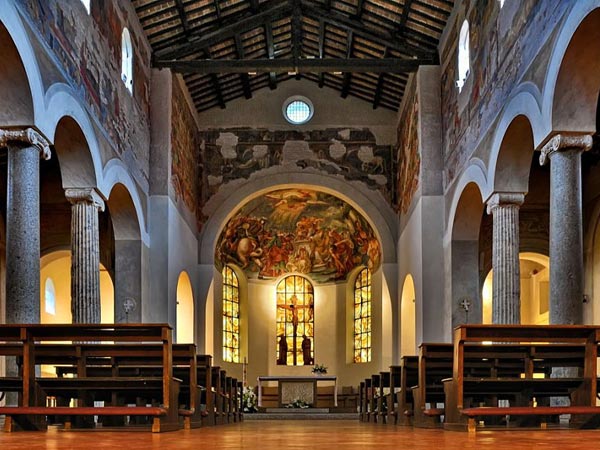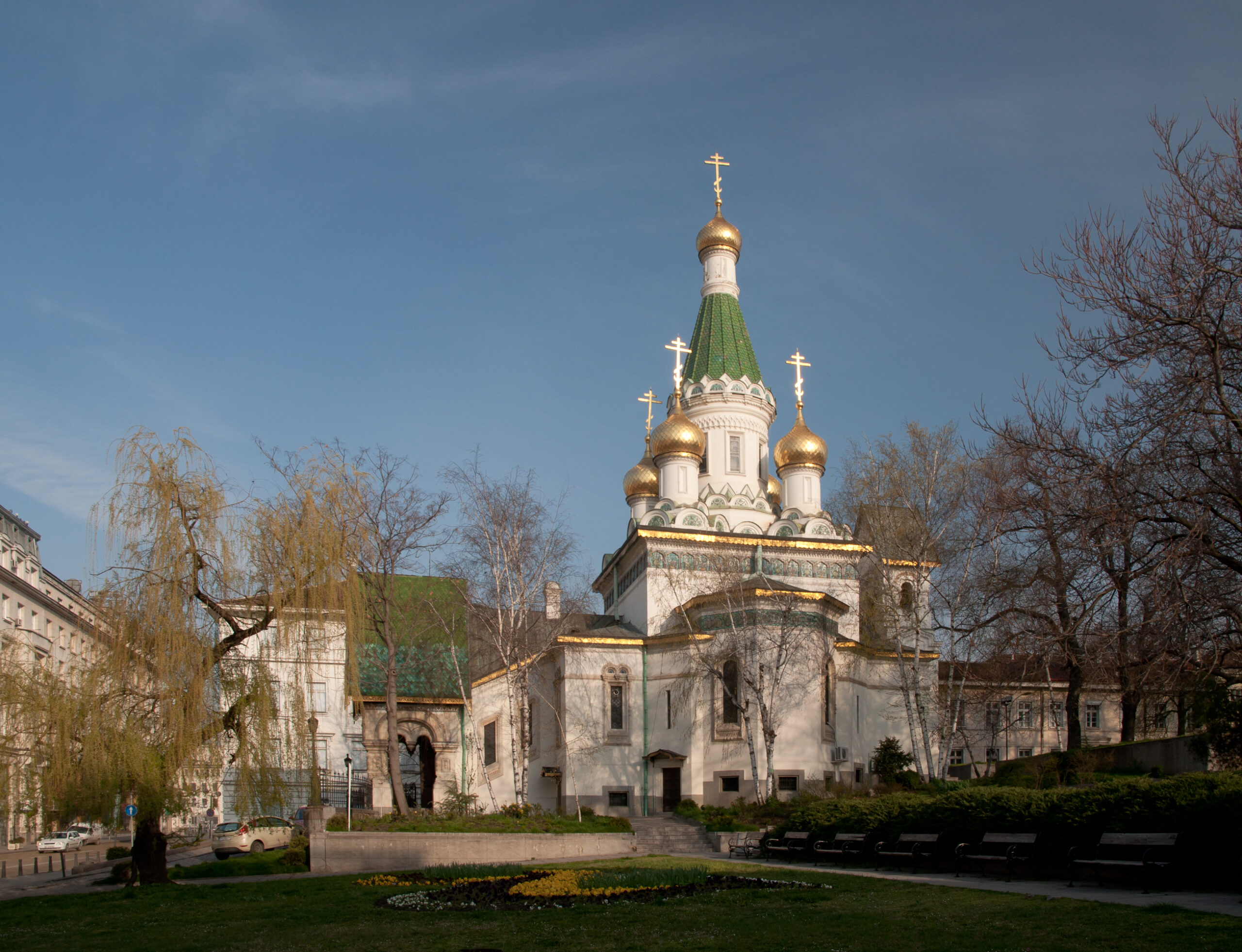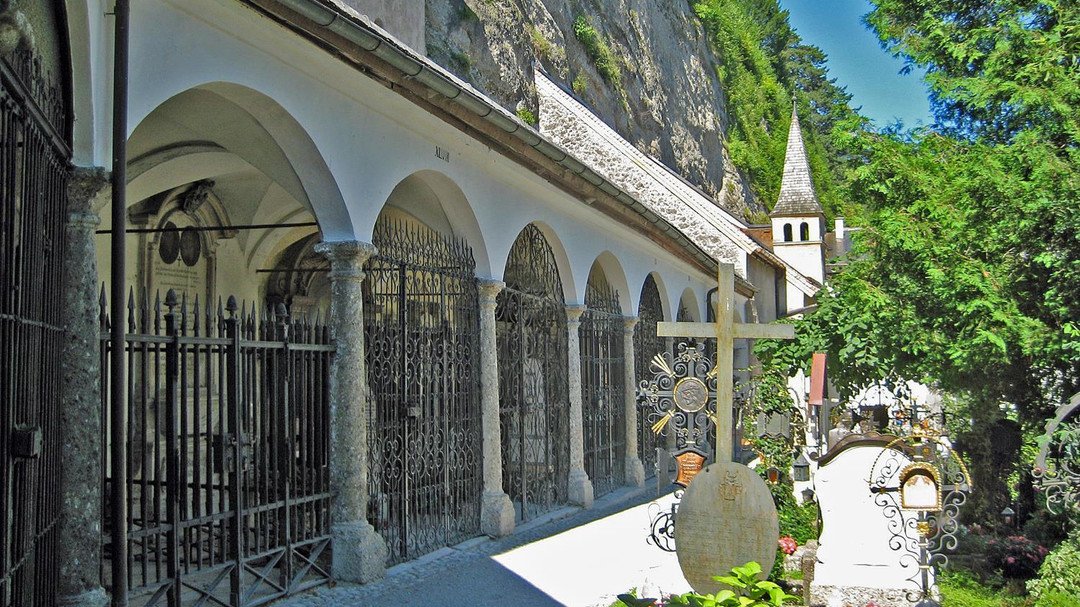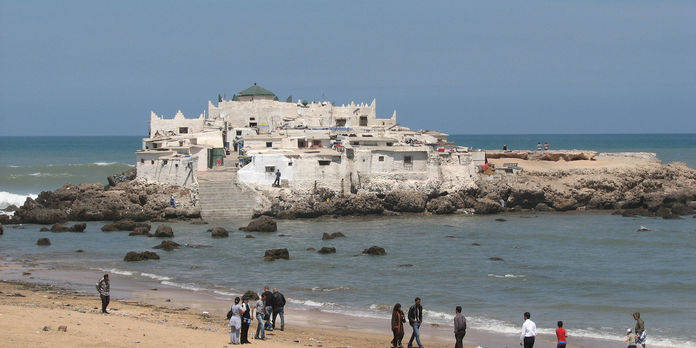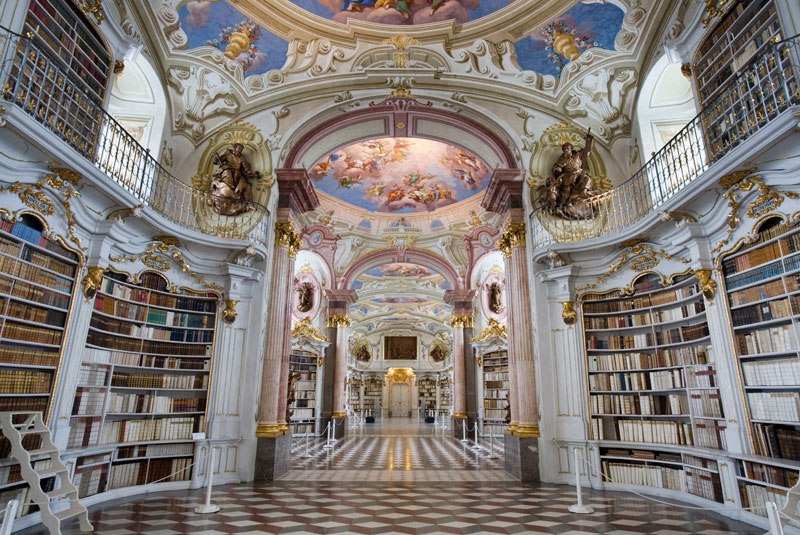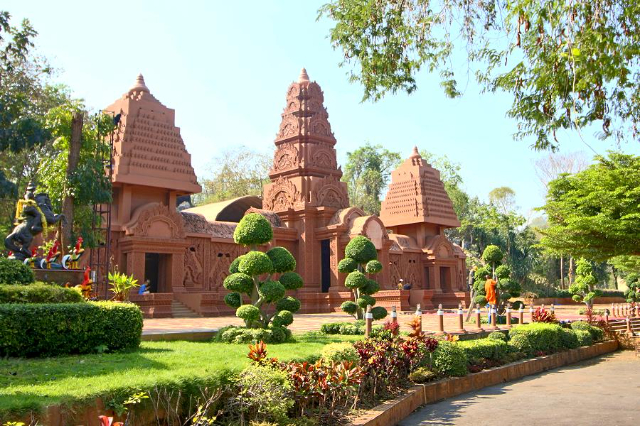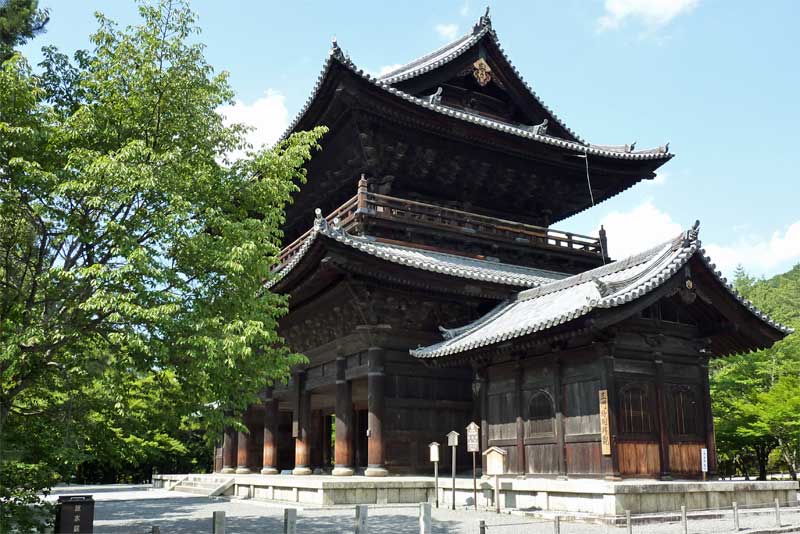The Church, dedicated to St. John the Evangelist, is located at the end of the Celio district. It was founded in the 5th century, rebuilt in 720 and restored in 1191, with the addition of a new bell tower with six orders of three-light windows and a new cycle of frescoes with as many as 46 biblical scenes. The important cycle, recently restored, represents, together with the Gothic Hall in the Monastery of Santi Quattro Coronati, one of the greatest examples of medieval painting in the Capital. Between the 16th and 17th centuries, the Church was enriched by a new apse fresco on cardboard by Cavalier d’Arpino. The medieval portico and the aisles are supported by columns which, according to legend, belonged to a temple of Diana. In the second half of the 16th century, a secret circle was established at the Church, within which homosexual ties of affection were manifested and marriage bonds were consecrated according to the ecclesiastical liturgy. The confraternity was dissolved in 1578, inflicting the penalty of hanging on all members.
